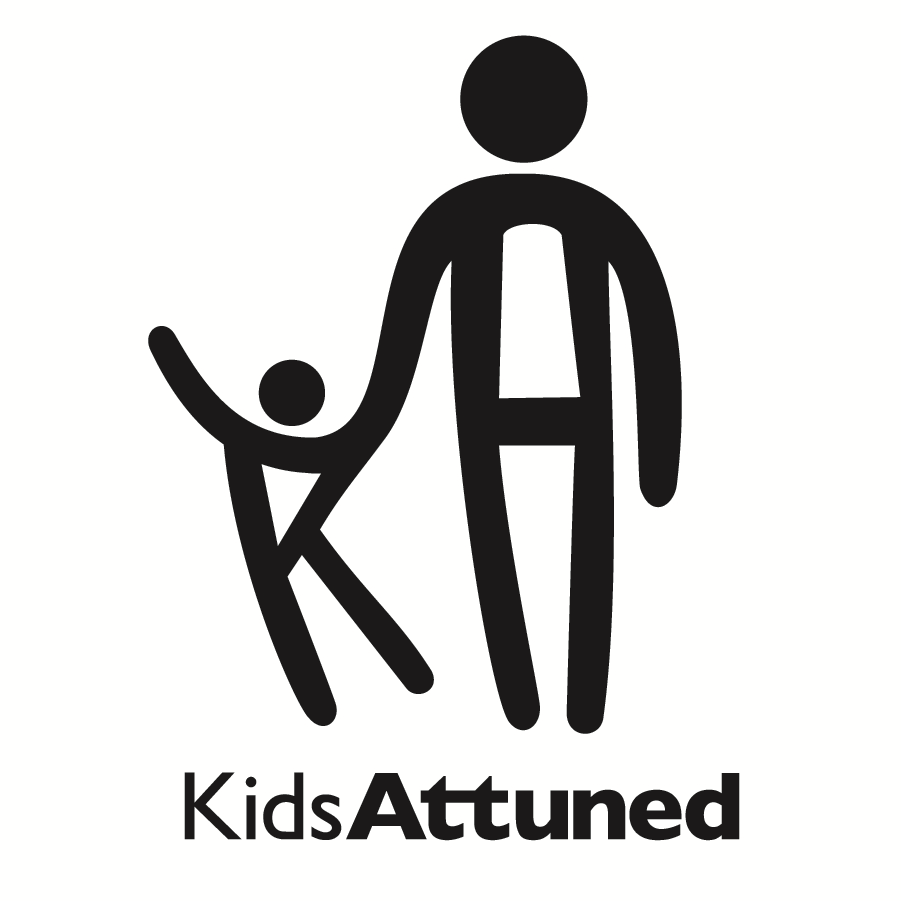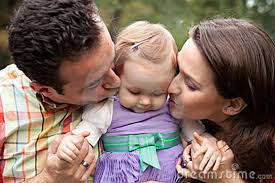Implementation of principles of infant mental health across disciplines
As well-received as these principles are in early intervention, many providers struggle with how to implement them in their daily practices with parents and young children. They wonder how to use these concepts without risking overstepping the boundaries of their own discipline. They struggle with the fear of trying to offer their psychological insights when unsolicited, and with the pressure they feel from others for them to become providers of mental health services without adequate training and supervision. The ideal solution is in finding a way to be informed by principles of infant mental health without actually intervening as a mental health provider.
Here is an example of an occupational therapist using her information about mental health and her focus on the relationship as the mobilizer of progress in all developmental domains. As we enter the treatment room we see a 10-month-old infant collapsed in a heap on the mat. The baby’s body is limp and lacks trunk strength and postural control. He is not available for interaction with his mother who is patiently lying on the mat at his side, yearning for connection. The OT supports the baby’s body so that he can sit upright and see his mom’s smiling face. He lights up. His eyes brighten and his muscles contract to give him added strength to sustain sitting. Once mom and baby are visually and emotionally connected, the OT uses mom’s movement in the room to work on the baby’s visual tracking and trunk rotation. Mom is the anchor, as it should be in early development. The baby’s motivation is strong. His pleasure in the relationship motivates the physical effort with his body. The affective connection mobilizes the organization of the whole child. The OT’s job is to facilitate the postural strength that allows him to engage with his mom. Although the OT might show mom how to hold him or position him at home to practice and increase his strength, the first intervention is focused on Mom’s hope that her baby will be able to reciprocate in an intimate relationship. During the OT intervention, this baby comes to know what it feels like to engage his mom. His mom knows that he can do it, and when he is not available for interaction, it is his body that is failing him and not his desire to connect with her as his mother.
On the opposite side of the coin, mental health providers are often under-informed about the impact of sensory processing, motor development, or communication systems on the social and emotional development of the child.
Here’s an example from the mental health consultation room. A young mother brings her toddler son for consultation. She is concerned he is on the Autism Spectrum. During the play assessment, the child shows interest in a toy drum. Mom and therapist join his play, each sitting to one side of him. The child bangs on the drum. The therapist captures his interest by holding her hand in the air and exaggerating a look on her face that signals high affect anticipation. With the therapist’s support, Mom tries the same gesture and facial expression, but the child only looks in the therapist’s direction. Mom’s facial expression sinks into depression. The therapist, informed by sensory processing differences, as well as psychological processes, sees Mom’s face and checks on her perception. Mom thinks the child prefers the therapist to his own mother. The therapist empathizes with her worry but also conjectures that it might have to do with his visual-motor systems. What if he prefers to look to the right? She has Mom switch places with her on the floor, and low and behold, the child only looks toward the mother. The mother’s faith in her capacity to engage her child is restored and the treatment can proceed by noticing the individual difference needs of her son, and how the parents can build engagement and intimacy in the relationship.
What babies teach us
What babies teach us is to observe the whole child in the context of their world. When we do, we are able to keep ourselves on track in our jobs – to promote happy, well-rounded, well-integrated children. We learn that sometimes families are burdened by constitutional constrictions, sometimes by external circumstances, sometimes by internal demons, sometimes by all at once. Our work is to help families avoid the unregulated arousal and sense of danger that disrupts developmental processes. How we conduct ourselves in engaging families promotes the co-regulation that leads to well-modulated self-regulation and the capacity for intimate relationships in the child.
Barbara Kalmanson, Ph.D. is a Licensed Psychologist and Special Educator in private practice in the San Francisco Bay Area. She is a National Fellow of Zero-to-Three, Senior Faculty for the Interdisciplinary Council for Developmental and Learning Disorders (ICDL) and Senior Faculty of the Profectum Foundation.
Enter the text or HTML code here

